- Home
- Articles
- Architectural Portfolio
- Architectral Presentation
- Inspirational Stories
- Architecture News
- Visualization
- BIM Industry
- Facade Design
- Parametric Design
- Career
- Landscape Architecture
- Construction
- Artificial Intelligence
- Sketching
- Design Softwares
- Diagrams
- Writing
- Architectural Tips
- Sustainability
- Courses
- Concept
- Technology
- History & Heritage
- Future of Architecture
- Guides & How-To
- Art & Culture
- Projects
- Interior Design
- Competitions
- Jobs
- Store
- Tools
- More
- Home
- Articles
- Architectural Portfolio
- Architectral Presentation
- Inspirational Stories
- Architecture News
- Visualization
- BIM Industry
- Facade Design
- Parametric Design
- Career
- Landscape Architecture
- Construction
- Artificial Intelligence
- Sketching
- Design Softwares
- Diagrams
- Writing
- Architectural Tips
- Sustainability
- Courses
- Concept
- Technology
- History & Heritage
- Future of Architecture
- Guides & How-To
- Art & Culture
- Projects
- Interior Design
- Competitions
- Jobs
- Store
- Tools
- More
Why Roof Pitch & Angle Are Crucial to Longevity and Design Integrity

Every home begins with a foundation, but it’s the roof that shields everything beneath it. When people think of roofing, materials often take center stage. Shingles, tiles, and metals dominate the conversation. Yet, just as important—if not more so—is the roof’s pitch and angle. The slope of a roof influences not only how it looks but also how long it lasts. It’s a factor that blends both aesthetics and functionality into one critical design choice.
Understanding why pitch matters is essential for homeowners, builders, and architects alike. The angle of your roof determines how well it resists water, wind, and even the test of time. It also plays a role in the structural soundness of the home itself. In short, roof pitch and angle are silent yet powerful determinants of both durability and design integrity.
Table of Contents
ToggleThe Basics of Roof Pitch
Roof pitch refers to the steepness or slope of a roof. It is typically expressed as a ratio, such as 4:12, meaning the roof rises four inches for every twelve inches of horizontal span. While this seems technical, the concept is straightforward: the greater the rise, the steeper the roof.
Steeper roofs shed water more efficiently. Flatter roofs, on the other hand, require more engineering and waterproofing to ensure water doesn’t pool. This seemingly small measurement plays a major role in how a roof performs under various conditions.
Why Angle Influences Longevity
The angle of a roof directly impacts how long it will last. Think of rainfall, debris, and snow. A steep roof gives these elements little chance to linger. Water runs down and away, snow slides off, and leaves don’t pile up as easily.
By contrast, a shallow roof angle often becomes a collection zone. Standing water can lead to leaks, rot, and mold. Heavy debris can trap moisture or add weight to the structure. Over time, this wears down the roof faster than expected.
Longevity isn’t just about materials. Even the best shingles or metal panels cannot perform well if the angle is inappropriate for the climate or structural design.
Climate and Regional Considerations
Different regions demand different roof angles. A home in a snowy environment will not share the same design considerations as one in a coastal city.
- Heavy Rainfall: Steeper pitches are preferred, as they allow water to flow quickly off the surface.
- High Winds: Moderate pitches work better, as extremely steep or flat roofs may catch wind differently.
- Hot Climates: Some areas use lower slopes to reduce heat gain and balance energy efficiency.
This is why working with professionals who understand local conditions is so critical. For instance, homeowners seeking metal roof installation specialists in Port St. Lucie, FL should look for contractors who can recommend the right pitch and angle for the coastal weather challenges of Florida.
Structural Integrity and Load Distribution
A roof does more than cover a home. It distributes loads—both permanent and temporary—across the structure. The pitch determines how weight is shared and transferred down to the foundation.
- Snow Load: In colder climates, roofs must be pitched steeply enough to shed snow, preventing accumulation that could lead to collapse.
- Wind Resistance: In areas prone to storms, the angle must balance between resisting uplift and allowing wind to pass over smoothly.
- Material Load: Some materials are heavy by nature, such as clay tiles or slate. The roof’s angle ensures that the framing can safely carry this additional burden.
When the pitch is designed thoughtfully, the home gains both safety and durability. Neglecting this factor can strain the framework, shorten the roof’s lifespan, and jeopardize the structure’s overall strength.

Design Integrity and Curb Appeal
Roof pitch isn’t only about function. It also defines a home’s personality. A steeply pitched roof might suggest tradition, while a low-slope roof often conveys a modern aesthetic. Architecture relies heavily on the roofline to set the tone of a building.
The harmony between pitch, materials, and architectural style is what creates design integrity. For example, a colonial-style home with a nearly flat roof looks visually off-balance, just as a sleek modern home loses its clean lines with an overly steep roof.
Curb appeal is more than decoration—it’s about proportion and balance. Roof angle creates the silhouette of a home and influences how it is perceived from every angle.
Common Mistakes in Roof Pitch Selection
While most homeowners leave roof design to professionals, common mistakes still occur:
- Ignoring Local Climate – Choosing a roof slope based solely on appearance can create serious functional issues.
- Overlooking Material Requirements – Not all roofing materials suit every pitch. Some require steeper slopes to avoid leaks.
- Sacrificing Structure for Style – An angle that looks good but stresses the framework will create long-term damage.
- Underestimating Maintenance Needs – Flatter roofs may require more frequent inspections and upkeep than steeper ones.
Each of these mistakes underscores the importance of aligning design with both practical and regional realities.
Balancing Aesthetics with Practicality
The best roofs strike a balance between beauty and performance. It’s not about choosing the steepest angle or the flattest line—it’s about finding the right middle ground.
Architects and builders must weigh both structural demands and aesthetic goals. This collaboration creates homes that are not only striking but also enduring. Homeowners benefit from roofs that last longer, perform better, and complement the overall design of the property.

The Role of Technology and Engineering
Today’s roofing doesn’t rely on guesswork. Advanced modeling tools allow builders to simulate how different pitches will handle rain, snow, and wind. Structural calculations help ensure the angle is safe for both the material and the framework below.
This technological support means that roof pitch decisions are more precise than ever. It also reduces the margin for error, ensuring homes are built with a strong balance of form and function.
Why Pitch and Angle Cannot Be Overlooked
It is tempting to see roof pitch as just another design detail. Yet, it is far more significant. It influences how the roof handles the elements, how long it lasts, and how safe the structure remains. It defines the home’s appearance and creates visual balance.
Overlooking pitch and angle means jeopardizing all of these benefits. Thoughtful planning, consultation with experts, and awareness of local climate conditions ensure the roof can serve its purpose for decades.
Conclusion
A roof is more than just a covering—it is a shield, a statement, and a structural necessity. While materials often take the spotlight, the pitch and angle quietly determine whether a roof will stand the test of time. From longevity to aesthetics, every aspect of design integrity depends on getting the slope right.
When homeowners, architects, and builders respect the importance of roof pitch, they create homes that are safe, beautiful, and enduring. It is a reminder that sometimes, the most overlooked details are the very ones that matter most.
illustrarch is your daily dose of architecture. Leading community designed for all lovers of illustration and #drawing.
Submit your architectural projects
Follow these steps for submission your project. Submission FormLatest Posts
Best Practices for Roof Inspections and Maintenance
On most projects, the roof spends decades out of sight while carrying...
Sunny Days, Secure Roof: Simple Steps to Shield Your Home
Your home is more than just a place to live—it’s a sanctuary....
Simple and Stylish Roof Ideas for Homeowners
When designing your home, don’t overlook the roof. It’s essential for both...
Key Qualities to Look For in a Residential Roofing Contractor
Choosing a residential roofing contractor involves careful consideration. The roof is a...






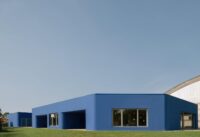

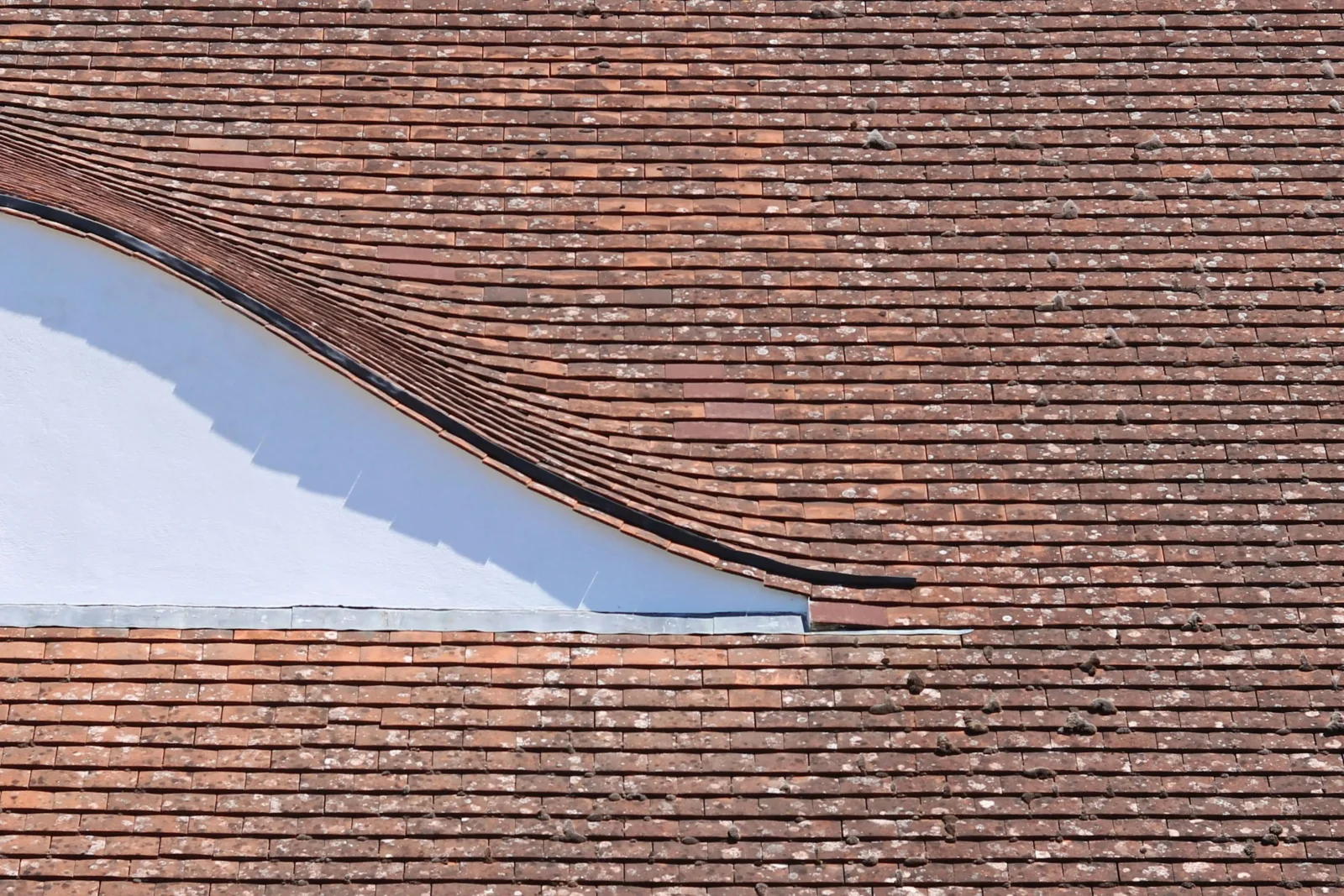
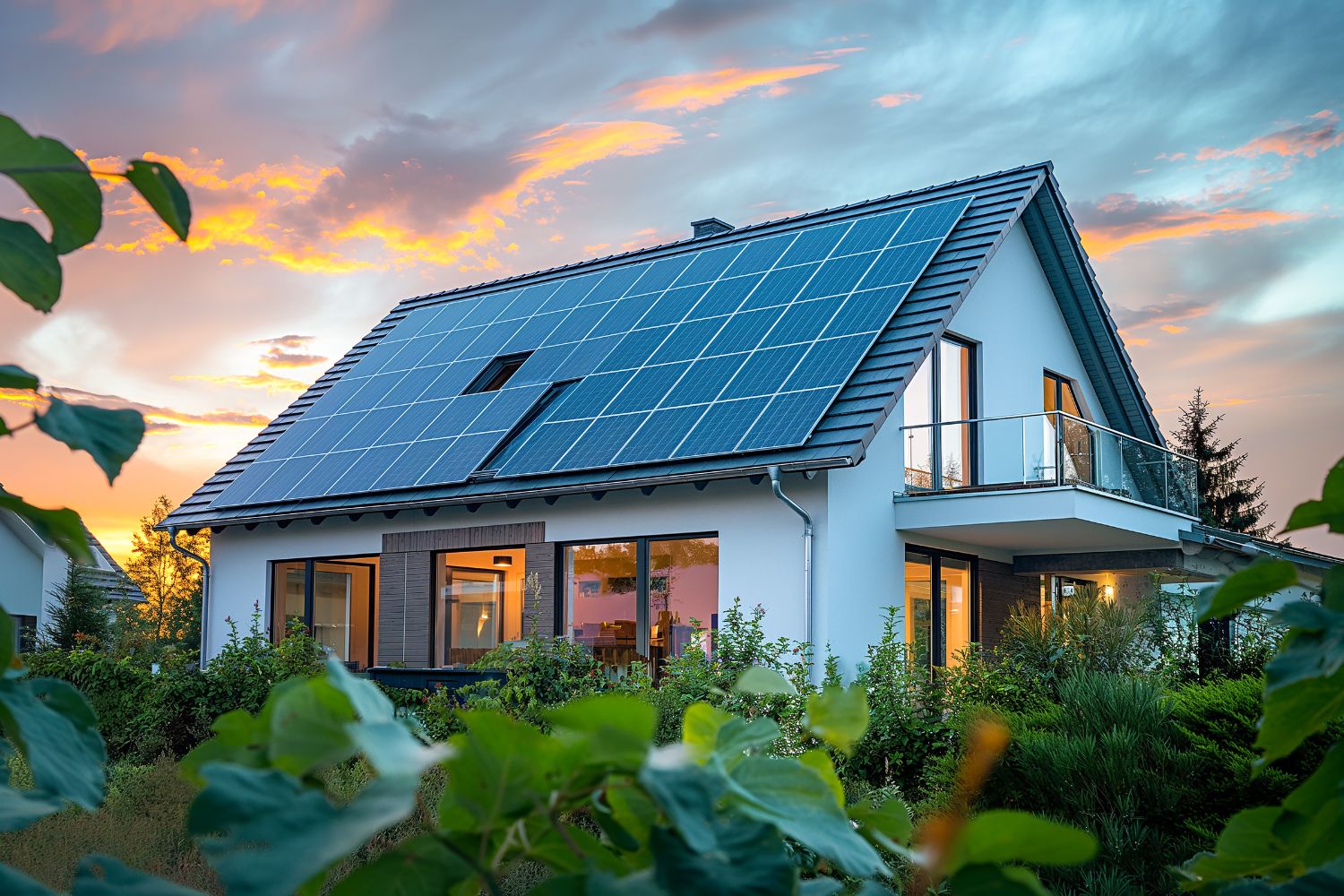
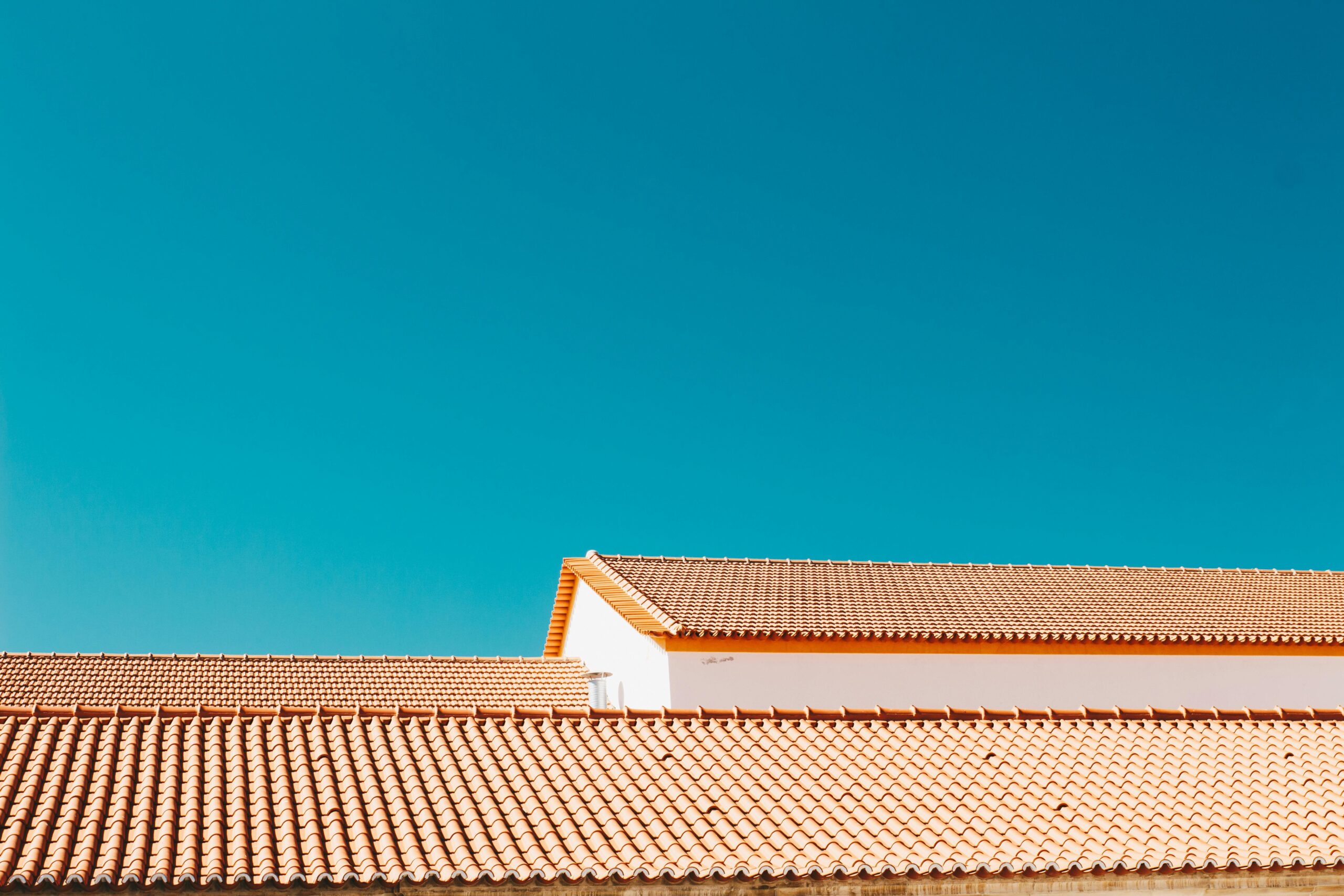
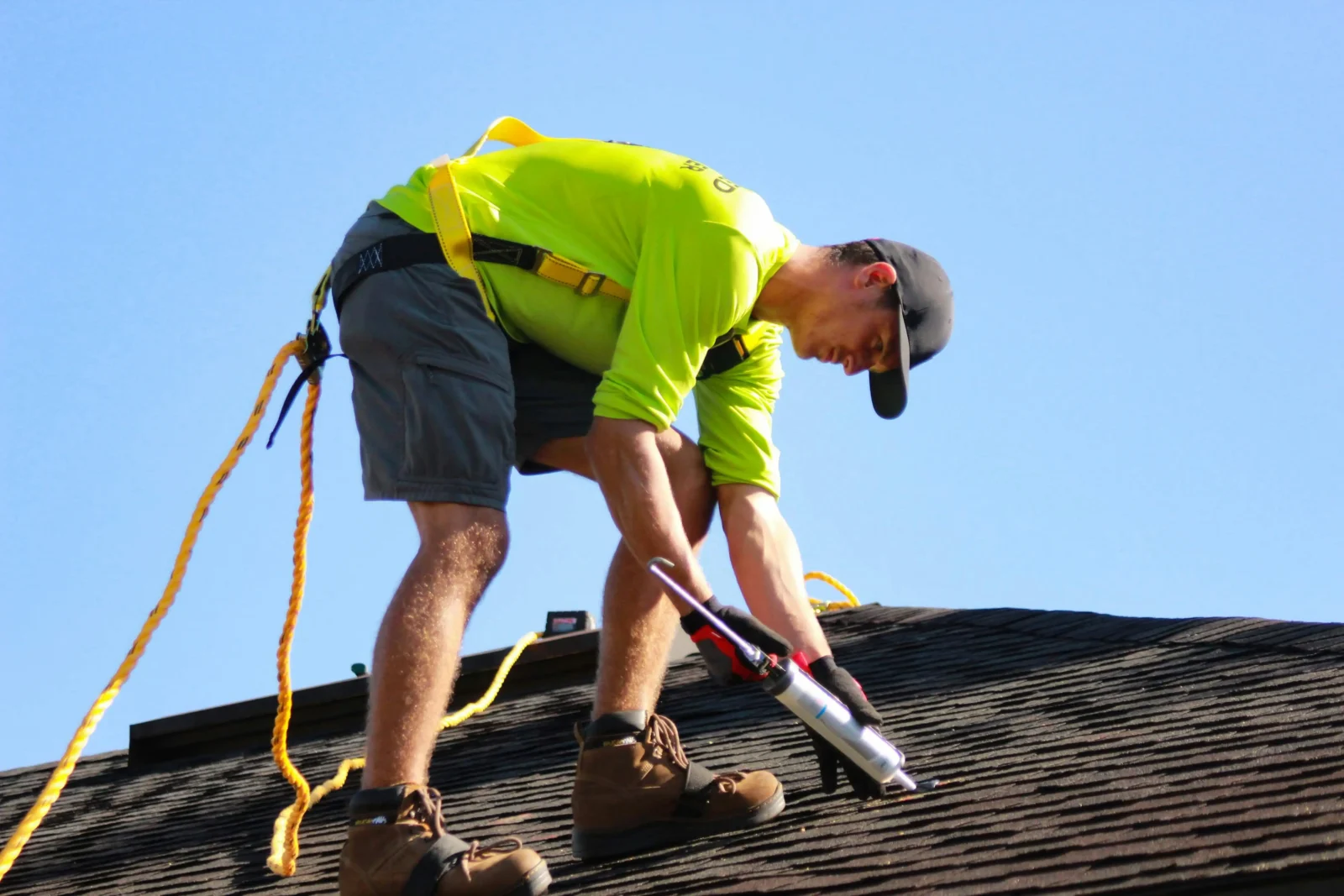
Leave a comment